
There’s nothing better than a warm home in winter or a cool house in summer, and insulating walls is one way to make that happen. It will improve energy efficiency, lower your energy bills and help protect the planet.
Our home maintenance and construction pros delve into five different ways to insulate your walls, and share their thoughts about which are easy to do yourself, and which ones might be better saved for the pros.
When installing wall insulation, it's worth taking a at the different types of attic insulation at the same time. Together, insulated walls and attics will your home better energy efficiently and reduce your energy bills.
Ways to insulate a wall
Adding wall insulation to your home is essential and there’s plenty of options to choose from. They all offer improved energy efficiency, but some are easier to install than others. Here the pros give the inside track on the insulation options and if it's a job you can do yourself.
1. Fiberglass insulation
Fiberglass is one of the most commonly used types of insulation in the construction industry. Made from tiny glass fibers, it’s mold and fire resistant and easy to install as Joe Meringolo, Principal of JSM Project Management shares. ‘Simply unroll it in between the studs with the paper side facing inside the home.’ He explains. ‘This is a do-it-yourself job if you prefer.’
If you decide to install yourself, it is pretty straightforward. Meringolo adds, ‘Assuming you have open bay framing, make sure the vapor barrier (the paper side) is on the inside of the home. Then staple the flanges to the framing.’
Crucially, you need to make sure that you get the correctly rated insulation as Meringolo points out, ‘Most homes require R-16 or higher. R-rating is how the level of insulation is measured. Walls are mostly R-16 or higher, ceilings and attics are mostly R-30 or higher. Other things to be considered are sound barriers and fire rating’.
Fitting fiberglass insulation is simple, unless you have to retrofit it, in which case, calling a pro is a good idea to avoid damaging wiring or other essentials by mistake when opening up the wall cavity.
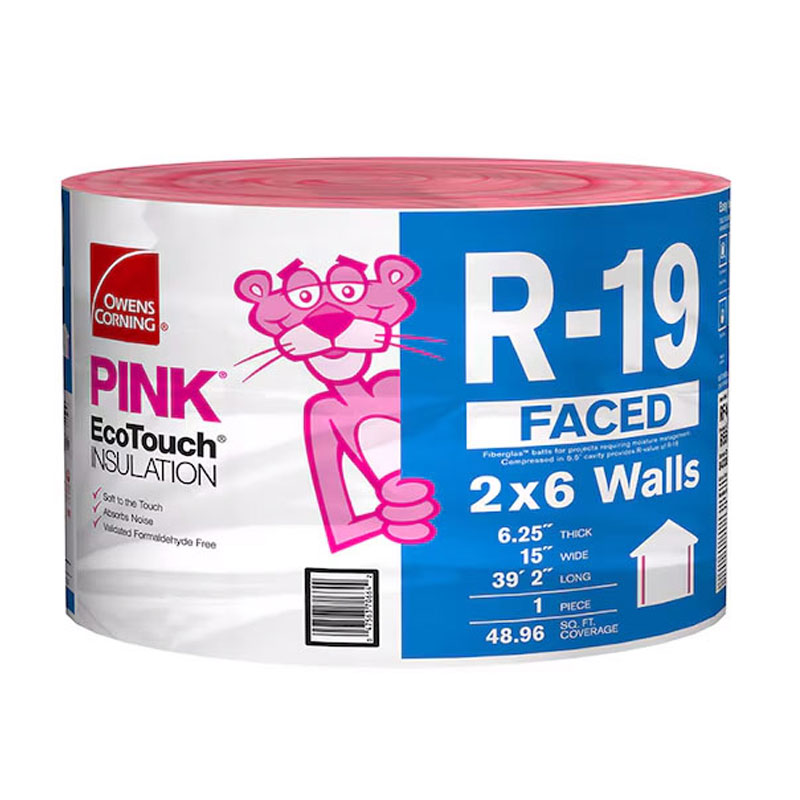
Meringolo recommends Owens Corning Pink Panther R-19 rolled insulation. He says, ‘It's the most widely used and supplied product, and it is available in most home improvement stores.
2. Rockwell insulation
Rockwell is the brand name for a popular insulation used in construction. It is made from a rock-based mineral fiber insulation composed of basalt rock and recycled slag.
Al Ruggie from ASAP Restoration points out some of its benefits. He says, ‘It is a great material for reducing heat and energy loss through thermal transfer, and this results in lower energy bills and a more comfortable living environment.’
It is an ideal addition when looking at solutions on how to prepare your home for a freeze. He adds, ‘It is also remarkably resistant to fire and heat by being able to withstand very high temperatures without degradation, and has a strong ability to repel water.’
So how is it installed and can you do it yourself? Meringolo suggests that, ‘It can be a do-it-yourself project.’ Installation can be straightforward, but not always. He adds, ‘This will not have any flange (like fiberglass) to attach. An installer needs to make sure to purchase the right size that fits in the opening.’
If you can't find the right size, Meringolo says, ‘If the open area is an abnormal size, buy the next size larger and cut it to size. If used on an exterior wall, use a 6-mil plastic sheeting as a vapor barrier in-between the insulation and the sheet rock.’
If not confident tackling installation yourself, Meringolo suggests it’s best to call in a professional. ‘Installing insulation takes some skill, and a lot of expertise. This means that a DIYer who gets it wrong will be costing themselves more in energy bills than they’ll ever save by doing the job themselves.’
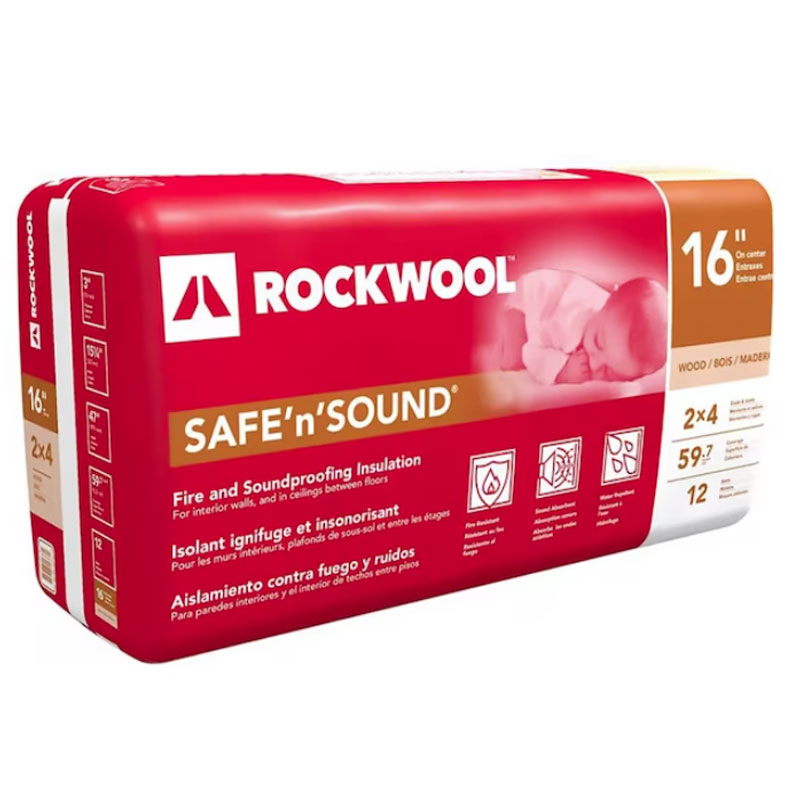
Meringolo recommends Rockwell Safe‘n’Sound insulation. It isn't difficult to install, has superior fire resistance, capable of withstanding temperatures over 2000° Fahrenheit and provides excellent noise reduction, too.
3. Cellulose insulation
Cellulose insulation is typically made from recycled paper making it a cost effective and more environmentally friendly insulation solution. The recycled paper is mixed with chemicals to help improve its fire resistance and avoid pest issues.
There are two ways to install it, Meringolo says, ‘Cellulose is either thrown in by hand or installed via a blowing machine.’ A blowing machine is the common pick, especially if being installed by a professional as it is quicker and easier.
He suggests you can install cellulose insulation yourself, but it will depend on how much is needed and what the application is. ‘A simple attic insulation is fine for DIY.’ But elsewhere, such as in walls, calling a pro in is a better choice.
Meringolo explains, ‘Inside walls, a hole needs to be drilled in between every stud and then the insulation blown in.’ He adds, ‘This equipment is usually too expensive to make sense to do it on a DIY basis.’
While installing cellulose is one way on how to keep a house warm all day it's not the cheapest insulation solution. So, if you do decide to do it yourself, Meringolo adds, ‘Ensure the correct thickness is installed.’ He adds, ‘The biggest mistake is to use too little or too much. Don’t intentionally block air channels (attic soffits for examples). Do not use in plenum ceilings, which is a common mistake and will clog up the HVAC units intake.’
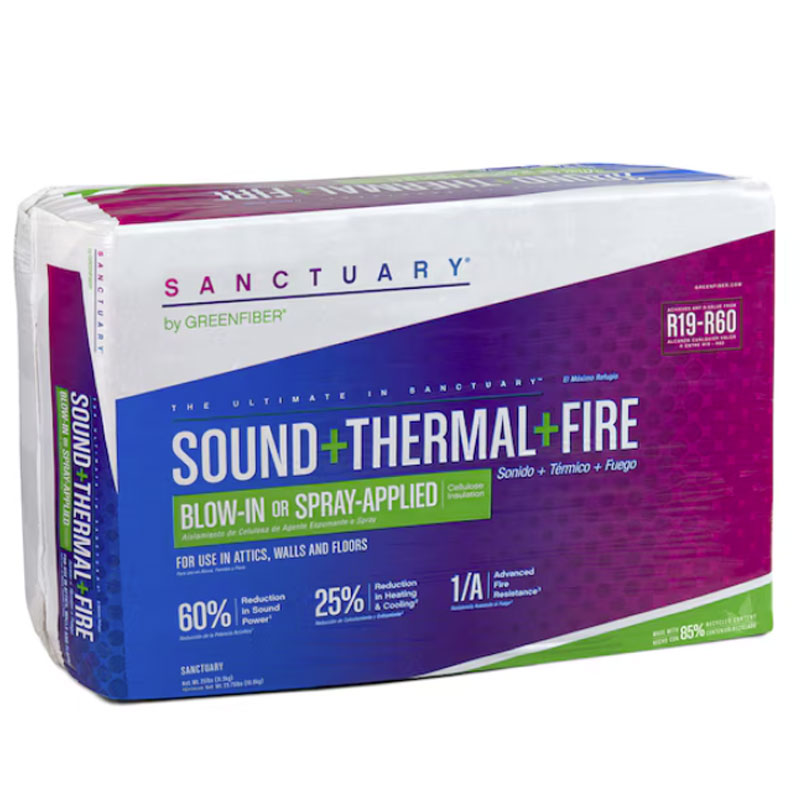
Sanctuary is all-in-one cellulose insulation that is ideal for walls and attics and made from 85% post-consumer paper. It is eco-friendly and suitable for all climates and conditions. It can reduce sound by 60% and heating and cooling costs by up to 20%.
4. Foam insulation
Foam is a more recent insulation option and is typically made from a low-density polymer. It boasts good insulation qualities, will seal up any air leaks and provide good sound insulation and protection against moisture. It's also a good option if you want to insulate a crawl space.
It is typically sprayed in using a machine, which as Meringolo explains, ‘Is a job best left to the pros.’ If you want to do it yourself you will need to invest in expensive equipment.
However, he adds, ‘Spray foam around windows and doors can be done by anyone.’ Meringolo recommends GREAT STUFF PRO Window and Door (available from Amazon) for adding around windows and doors. It comes as a kit and you simply screw the can onto the gun and you're ready to apply.
If determined to tackle the wall insulation project yourself, Meringolo says, ‘The correct thickness must be sprayed. Too much, and you will waste most of it making it highly cost ineffective. Too little will not accomplish the “R” rating desired.’ But he does point out, ‘This is not something the average DIYer should attempt’.
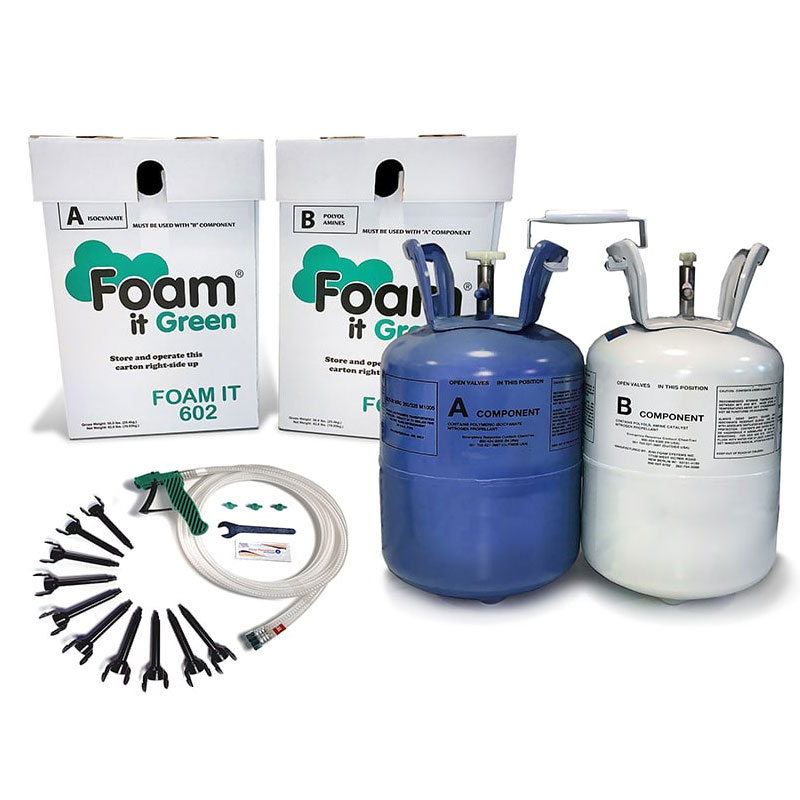
For homeowners who want to tackle a DIY insulation project Meringolo recommends Foam it Green. It comes as a kit and contains everything needed to insulate. It mixes a yellow and blue foam to get a green foam to ensure you have the right mix throughout a project.
5. Natural fiber insulation
Natural fiber insulation is made from naturally occurring sources. Ruggie says, ‘These include wool, hemp, cork, cellulose dust, or spun wood fibers and strands held together in a glue matrix.’ He adds, ‘This makes it renewable, biodegradable, environmentally-friendly and non-hazardous when installing.’
Is it easy to install? Ruggie says, ‘Yes. It’s very DIY-friendly.’ Meringolo adds, ‘It can be installed as easily as fiberglass and Rockwool.’ It typically comes in a roll so you only need a knife to cut and install. However, while it's easy to install, it's not so easy to find, being typically sold at more specialist suppliers.
Given it's nature, it's really important to check any area with this sort of insulation if you have a leak, as it can lead to mold.
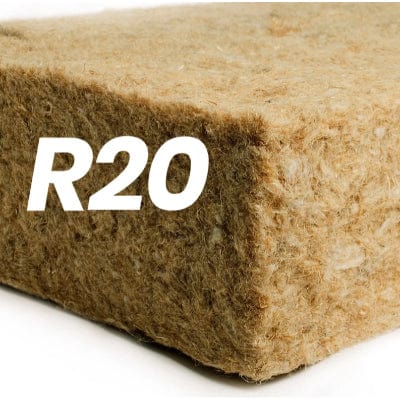
Meringolo recommends Hemp wool as it is easy to install, eco-friendly, durable, non-toxic and is repellent to mold, pests, and insects. This hemp wool is sold in pallets offering enough to cover 256 square feet of wall.
FAQs
What tools might be needed for insulation?
This will depend on what type of insulation is being installed. If using insulation that comes in a roll like fiberglass, Meringolo says, ‘A sharp knife, like this WORKPRO Premium Utility Knife from Amazon, and a staple gun are needed. He adds, ‘For Rockwool, typically, just a knife is needed.’ But for thicker insulation a hand saw is a good choice.'
Other insulation materials such as foam and cellulose will typically need a machine to blow the insulation into a wall. This can prove to be expensive and not cost effective, so it's often a better choice to call in a pro.
Do you insulate interior walls?
When insulating walls, it is typically the exterior walls that are filled with insulation. This helps improve energy efficiency and keeps in the heat in cold climates and the inside of a home cooler in warmer climates. This reduces costs on heating and air conditioning.
So, is there a reason to add insulation to interior walls? Joe Meringolo shares, ‘Home interior walls are only insulated if sound barriers are needed or different temperatures are being generated.’ He adds, ‘Typically, we insulate bedroom walls and ceilings, bathroom walls and ceilings and any other room where separation is needed.’
What do insulation R-values mean?
The R-value is how insulation is measured. It refers to the thermal performance of the insulation and its ability to resist heat or cold traveling through the insulation material. The higher the R-value the better its thermal performance is.
R-16 (or higher) is a common rating for walls though it can differ depending on location and climate. R-30 (or higher) is the common rating for attics. Check with your local authority for guidance in your area.
Keeping your home insulated will help keep down energy bills, but it's not just walls that need insulating. Check out our How to insulate a crawl space, and How to insulate pipes for a more energy efficient home. And, if looking to get your loft insulated check How much does it cost to insulate an attic




!["[T]he First and Fifth Amendments Require ICE to Provide Information About the Whereabouts of a Detained Person"](https://images.inkl.com/s3/publisher/cover/212/reason-cover.png?w=600)


